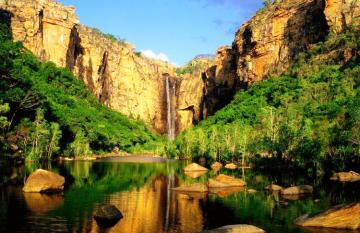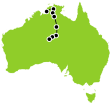
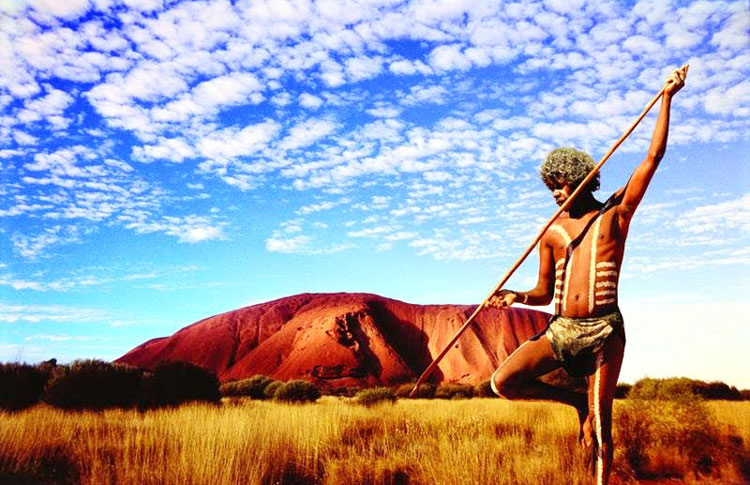
Locally known as ‘The Rock’, Ayers Rock is a single stone, larger than an island, lies in the Great Western Desert close to the geographic center of Australia. It is one of the most popular destinations for people vacationing to Australia.
It has another name, a name of towering antiquity, a name from before the ice ages and a name associated with the giant devil dingo, which some believe dwells somewhere on the crest of what the aborigines call “Uluru”.
There are myths and magic embodied in Uluru, and mysteries written across its face by an ancient people, but that is not surprising as this rock is thought to be one of the oldest on the planet and is dated at over 500 million years old.
Read next: What is the best way for tourists to visit Uluru?
The Rock
Although named in 1873 in honour of the Chief Secretary of South Australia, Sir Henry Ayers, it is also known by its Aboriginal name ‘Uluru’ Considered one of the great natural wonders of the world and one of Australia's most recognizable natural icons ‘The Rock’ is also a sacred part of Aboriginal creation mythology, or Dreamtime (reality being a dream).
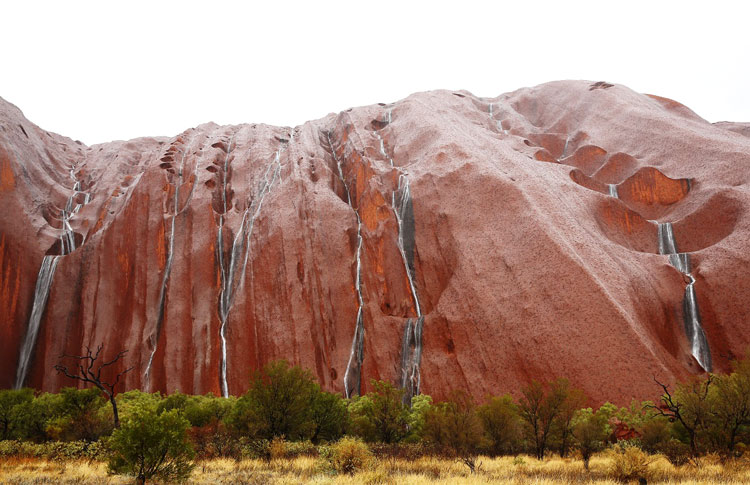
What is it? This large magnetic rock is known by geologists as an inselberg, meaning literally “Island Mountain”, basically this is an isolated remnant left after the slow erosion of the original ancient mountain range
Where is it? It is located in the UNESCO-listed Uluru-Kata Tjuta National Park World Heritage Site 350 km southwest of Alice Springs. - It is said by some to be located on a major planetary grid point much like the Great Pyramid in Egypt (did I just hear the theme tune of the ‘Twilight Zone?’)
Size: Uluru is the second-largest monolith in the world after its little known ‘Big Brother’ Mount Augustus, which is also in Australia and is over twice the size of Uluru. Ulur, however, is no minnow, it is more than 318 m (986 ft) high and 8 km (5 miles) around. It also extends 2.5 km (1.5 miles) into the ground. It was described by explorer Ernest Giles in 1872 as "the remarkable pebble".'
Colours: It is notable for appearing to change colour as the different light strikes it at different times of the day and year, changing appearance from a rich pink at dawn to orange at noon to a particularly remarkable sight; when it briefly glows to radiant ocher at sunset. Although rainfall is very uncommon in this semiarid area, during wet periods the rock acquires a silvery-grey colour, with streaks of black algae forming on the areas that serve as channels for water flow.
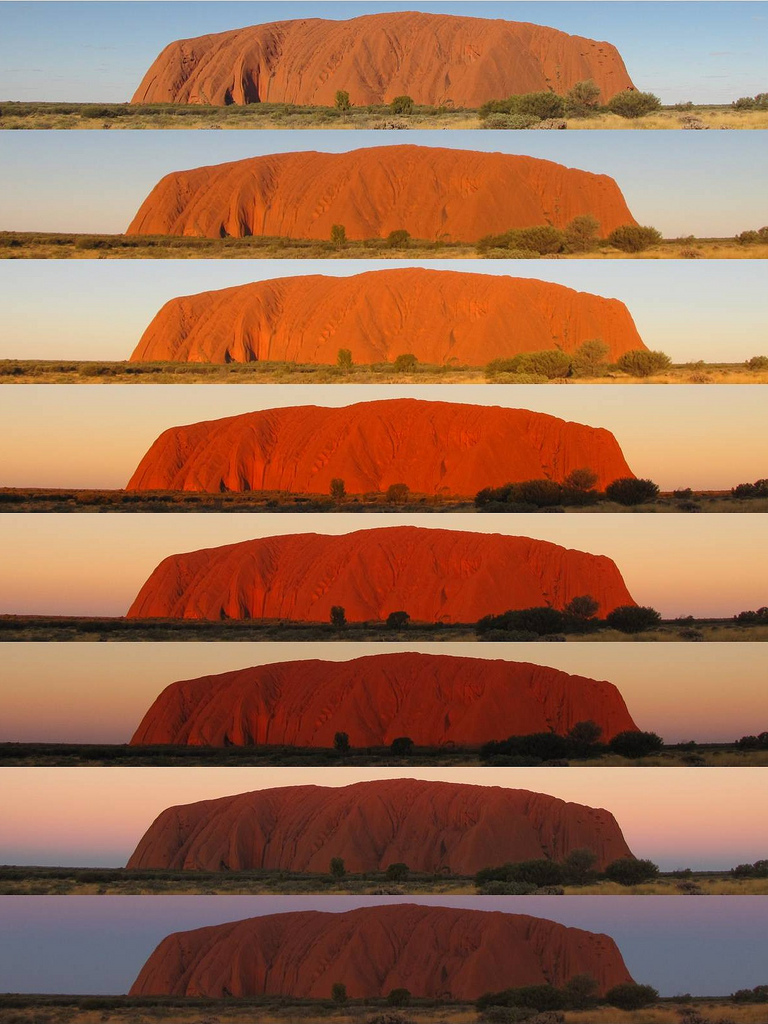
To Climb or Not to Climb?
Climbing Uluru has been a popular excursion in the past, but from 26 October 2019 the climb has been closed permanently. Under Aboriginal law, local Aboriginals, the Anangu people are responsible for protecting Uluru and its visitors. They say the site is sacred and have called for the climb to be banned since Uluru was placed in their hands in 1985. They believe that during the time when the world was being formed, the climb was the traditional route taken by ancestral men when they arrived at Uluru. Because of this spiritual significance, they prefer that visitors respect their law and culture by not climbing.
An important message from the Anangu elders (The Traditional Owners) “That is a really important sacred thing that you are climbing . . . You shouldn’t climb. It is not the real thing about this place. The real thing is listening to everything. Listening and understanding everything. Why are we going to tell you to go away (and ask you not to climb)? So that you understand this . . . so that you understand, we are informing you: Don’t climb. And maybe that makes you a bit sad. But anyway, that is what we have to say. We are obliged to say. And all the tourists will brighten up and say: ‘Oh, I see. This is the right way. This is the thing that is right.’ This is the proper way: No climbing.”
NOTE: There are plenty of just as interesting alternatives to climbing Uluru. For a comprehensive list please feel free to enquire.
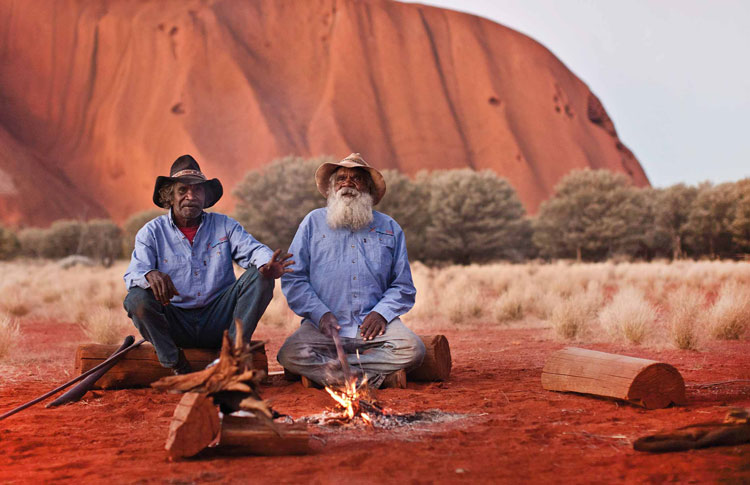
The Mythology
The Rock and its surrounding desert, oddly spectacular as they are, will reward most, those who are interested in cultural mythologies and legend.
On the northern top of Uluru are a series of caves that are colloquially called the Skull. The Aborigine, the peoples of the Mala, or Hare Wallaby group (both the Pitjantjatjara and Yankuntjatjara belong to it) believe that they represent the camp made by their ancestors in the Dreamtime, when they came to Uluru from the Haasts Bluff region, some 200 miles north, to initiate their youth. The Dreamtime is the era in which these forebears created 'The Earth' through their adventures along trails that cross the desert. Many of these paths merge to crossroads at important features of the desert landscape, such as Uluru. The caves to the right of the Skull are said to mark the camps of the fathers and uncles of the initiates. In the uncles' camp lived the eagle chick, which would be used to provide feathers for this important ceremony. Other caves represent the camps that male elders, not involved in the ceremony, resided, and a series of flat rocks to the east, stand for the camp of the women. Whenever the tribes of the area gather at the Rock for these ceremonies, they still camp precisely in this pattern. In the northwest corner, separated from the main body of the Rock, is an immense pillar that locals call the Kangaroo Tail. To the Aborigine, this is the ceremonial pole (naldawata) stolen from the midst of the Mala camp by a 'Devil Dingo'. The Dingo, a species of dog, is believed to have come to Australia with the aboriginals across land bridges and shallow seas that existed between Australia and Indonesia before the melting of the glaciers toward the end of the last ice age.
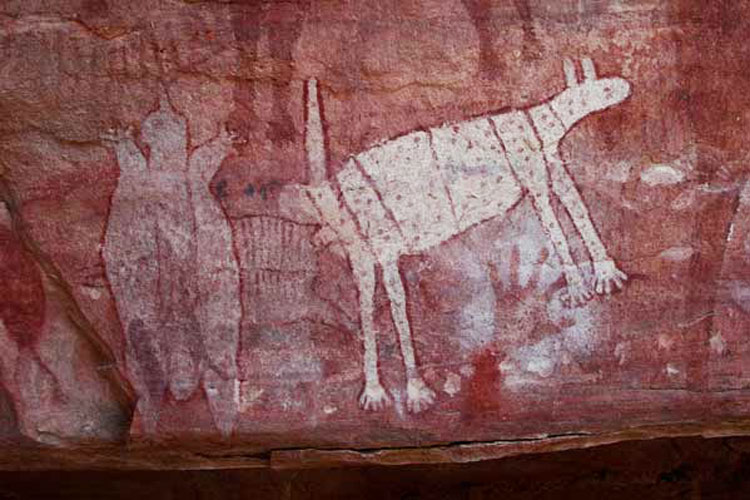
This particularly savage canine, who stole the ceremonial pole, had been sung into existence by the elders farther west in the mountains now called the Petermanns, and sent into the camp at Uluru to punish the Mala group for refusing to supply eagle feathers to their cousins. This devil dingo put the Mala, and their guests from the southwest side of Uluru, the Carpet Snake people, to flee. There are enormous writhe marks and paw-shaped caves at the base of Uluru that represent the escape route of the Hare Wallaby and Carpet Snake people, their panic quite legible in the rock.
The Mala group are still aware of that devil dingo, which they believe dwells somewhere on the crest of Uluru.
The Aliens living on Top of Uluru
Sometimes. After heavy rains, small, tadpole-like crustaceans called shield shrimps (Triops australiensis) hatch in temporary waterholes and rock pools atop of Uluru. These fairy or brine shrimp grow up to nine centimetres long and belong to a crustacean group called "branchiopods", which literally means that they possess "gill feet": leaf-like, lobed feet, each bearing a gill plate to enable them to breathe - They look more like an alien tadpole with a double-pronged tail than a crustacean.
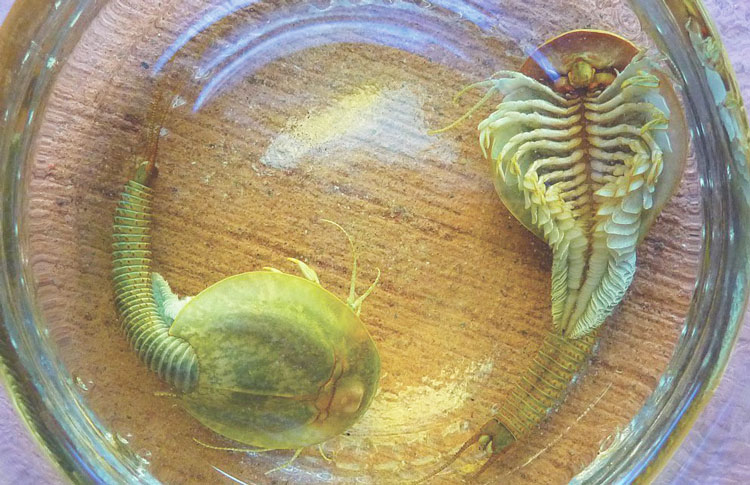
So how did the strange creatures end up in fleeting pools of water on top of a national icon 360 metres above the desert?
The answer is being debated, but most believe the answer lies in the shrimp's drought resistant eggs having the ability to survive being carried long distances by the wind – hence blown to the top of the Uluru.
Eggs can remain dormant for several years until the next big rainfall and so the cycle begins again – shrimp hatches, gorging, egg laying, when the water dries up, the shield shrimp eggs also dry up and can remain dormant for several years until the next big rainfall - shield shrimp eggs can last up to seven years buried in the sand or dirt.
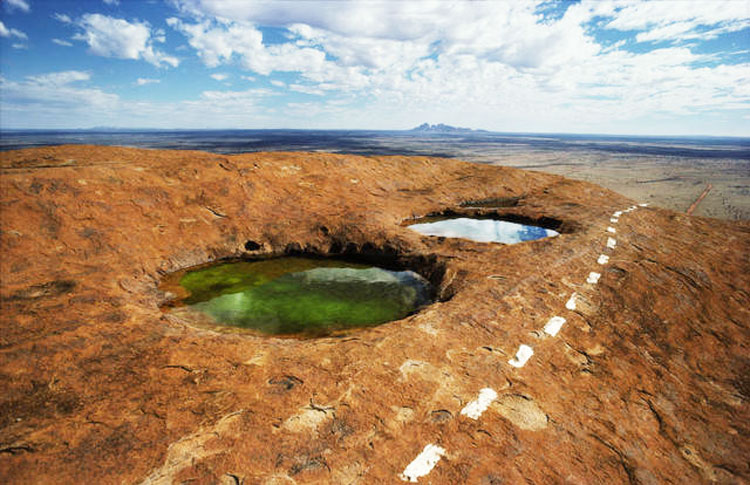
First Light Travel Australia is proud to be an Aussie Specialist- A designation awarded by Tourism Australia, and your guarantee that our travel consultants are experts in Australian Travel. If you are travelling to Australia then who better to give you the best advice than an Australian specialist travel agent..
Recent Posts
Blog Categories
Blog archives
- March 2025 (1)
- November 2024 (1)
- October 2024 (1)
- September 2024 (8)
- June 2024 (4)
- May 2024 (2)
- April 2024 (2)
- March 2024 (13)
- February 2024 (3)
- January 2024 (5)
- December 2023 (6)
- November 2023 (4)
- October 2023 (11)
- September 2023 (2)
- August 2023 (6)
- July 2023 (2)
- June 2023 (17)
- May 2023 (3)
- April 2023 (5)
- March 2023 (8)
- February 2023 (9)
- January 2023 (12)
- December 2022 (9)
- November 2022 (12)
- October 2022 (12)
- September 2022 (12)
- August 2022 (6)
- July 2022 (9)
- June 2022 (7)
- May 2022 (3)
- April 2022 (4)
- March 2022 (6)
- February 2022 (1)
- January 2022 (4)
- December 2021 (2)
- November 2021 (3)
- October 2021 (1)
- September 2021 (4)
- August 2021 (10)
- July 2021 (13)
- June 2021 (6)
- April 2021 (2)
- March 2021 (2)
- February 2021 (1)
- January 2021 (1)
- December 2020 (2)
- November 2020 (3)
- October 2020 (2)
- September 2020 (1)
- August 2020 (1)
- July 2020 (1)
- June 2020 (1)
- May 2020 (1)
- March 2020 (1)
- February 2020 (2)
- January 2020 (4)
- December 2019 (2)
- November 2019 (1)
- October 2019 (1)
- September 2019 (5)
- August 2019 (1)
- July 2019 (5)
- June 2019 (1)
- May 2019 (1)
- April 2019 (1)
- March 2019 (1)
- February 2019 (1)
- January 2019 (1)
- December 2018 (1)
- October 2018 (1)
- May 2018 (1)
- February 2018 (1)
- December 2017 (1)
- October 2017 (1)
- June 2017 (1)
- May 2017 (1)
- February 2017 (1)
- January 2017 (1)
- September 2016 (1)
- August 2016 (2)
- July 2016 (1)
- June 2016 (1)
- May 2016 (1)
- April 2016 (1)
- December 2015 (1)





